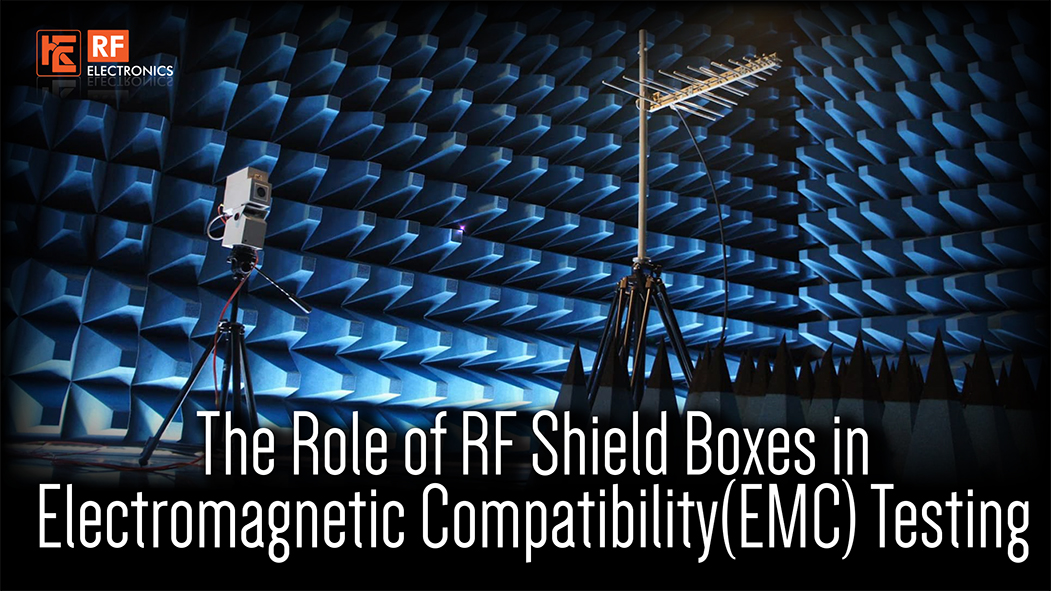Mar 24, 2025

Have you ever wondered why your smartphone doesn’t interfere with your car’s navigation system? This is thanks to Electromagnetic Compatibility (EMC) testing, which ensures electronic devices work properly without causing interference. A key component of this process is the RF shield box, which helps maintain device performance and compliance with regulations. Without proper testing, devices can disrupt communication, cause malfunctions, or even pose safety risks.
EMC testing evaluates whether a device can function in its electromagnetic environment without interference. It assesses both electromagnetic interference (EMI) emissions and the device’s resistance to external disturbances.
This testing is essential for consumer electronics, automotive components, medical devices, industrial equipment, and military applications. Without meeting EMC standards, devices could experience failures, signal disruptions, or regulatory non-compliance.
An RF shield box is a specially designed enclosure that isolates electronic devices from external radio frequency (RF) signals during testing. It creates a controlled environment, ensuring that test results are accurate and reliable.
Without shielding, devices could be affected by unpredictable environmental signals, leading to inconsistent results. RF shield boxes prevent this by containing emissions and blocking external interference, making them an essential part of EMC testing.
RF shield boxes offer several features that contribute to effective EMC testing:
RF shield boxes are used across various industries to ensure devices meet EMC standards:
1. Wireless Device Testing
Smartphones, tablets, and IoT devices require EMC testing to confirm they function properly. RF shield boxes block external signals, ensuring accurate performance evaluations.
2. Automotive Electronics
Modern vehicles rely on numerous electronic systems, such as infotainment units and communication modules. RF shield boxes help test these components, ensuring they do not interfere with each other or external networks.
3. Medical Devices
Devices like pacemakers, MRI machines, and monitoring equipment must operate reliably in medical environments. RF shield boxes create a controlled space, ensuring compliance with safety and performance standards.
4. Military and Aerospace Applications
Military and aerospace equipment operate in extreme environments. RF shield boxes test communication devices, navigation systems, and electronic warfare tools to confirm their reliability.
Selecting the right RF shield box depends on several factors:
As technology advances, EMC testing is becoming more complex. With the rise of 5G networks, IoT devices, and autonomous vehicles, RF shield boxes must adapt to new challenges. Future models will likely offer stronger shielding, better absorbing materials, and improved connectivity options.
Automation is also playing a growing role in EMC testing. Automated RF shield boxes equipped with robotic testing features can improve efficiency and consistency, reducing time and costs for manufacturers.
RF shield boxes are vital for EMC testing, providing a controlled environment that ensures accurate and reliable results. By isolating devices from external RF signals and containing emissions, they help maintain performance and regulatory compliance, preventing costly failures in the field.
With continuous advancements in technology, RF shield boxes are evolving to meet modern testing demands. Whether used in consumer electronics, automotive systems, medical devices, or military applications, they remain an essential tool for ensuring the safety and reliability of electronic products in an increasingly interconnected world.
Previous Blog

Portable RF Shielding Solutions - When and Why You Need Them
Learn MoreNext Blog

Pioneering Support for 5G and 6G Innovation
Learn More